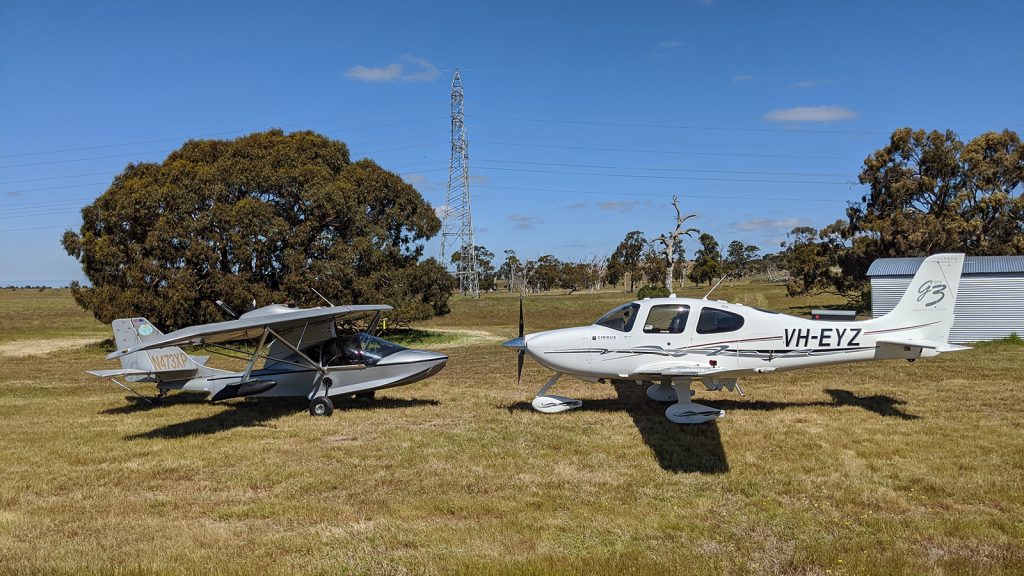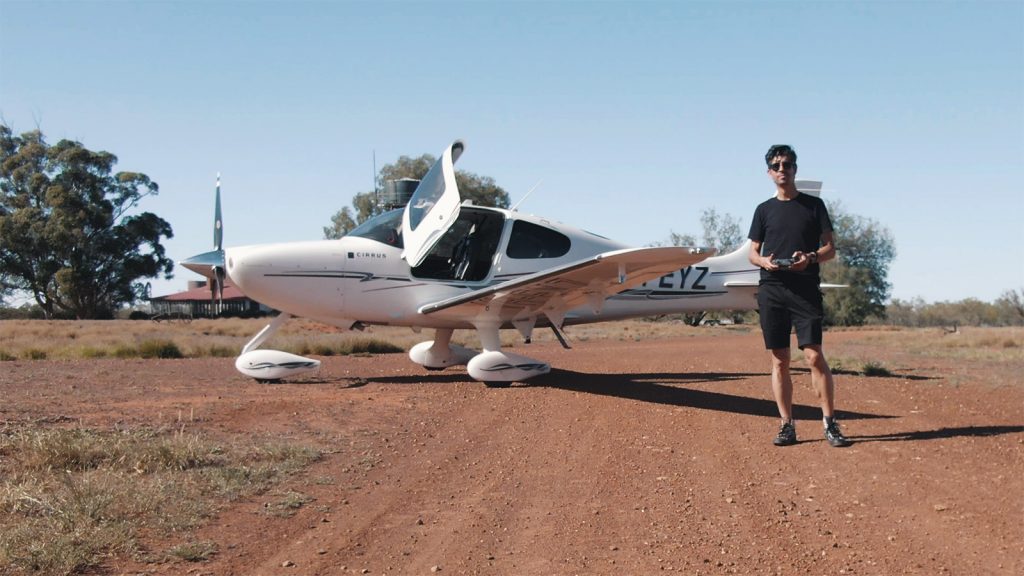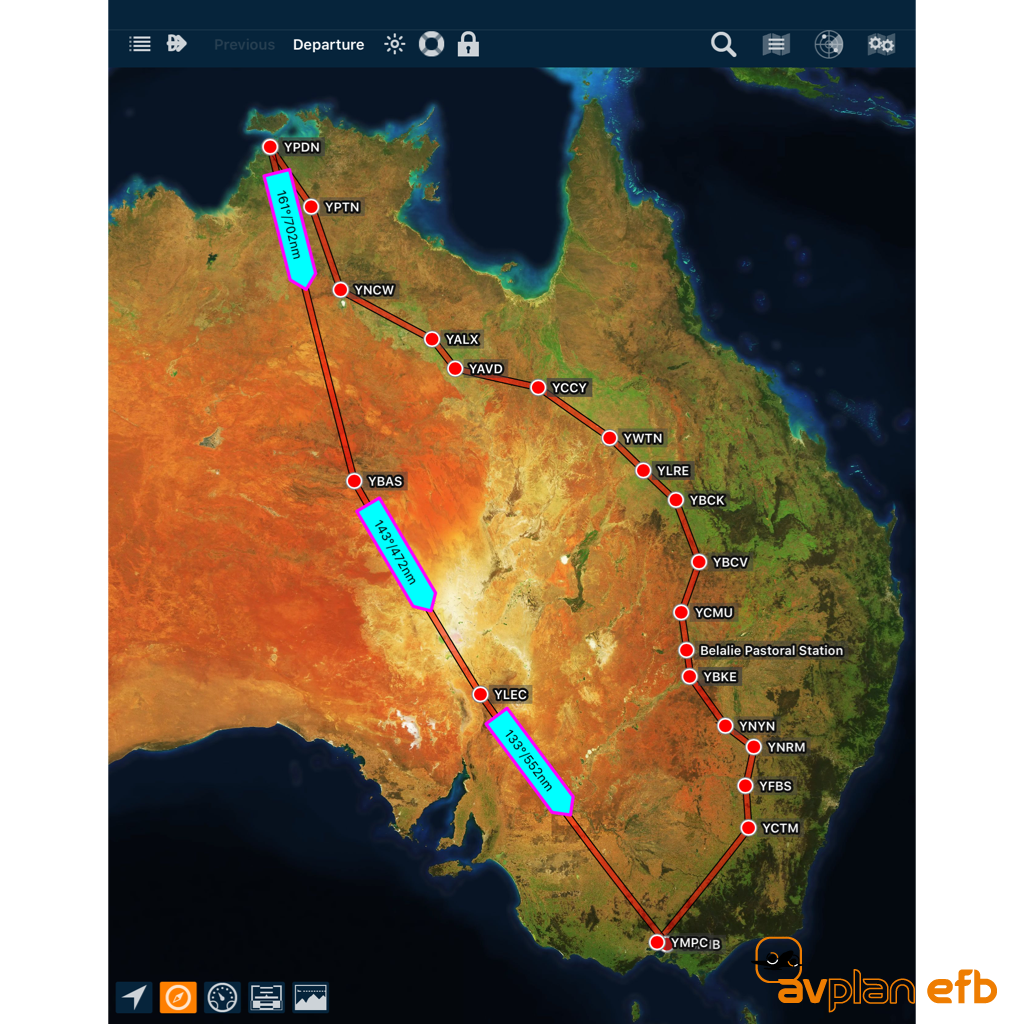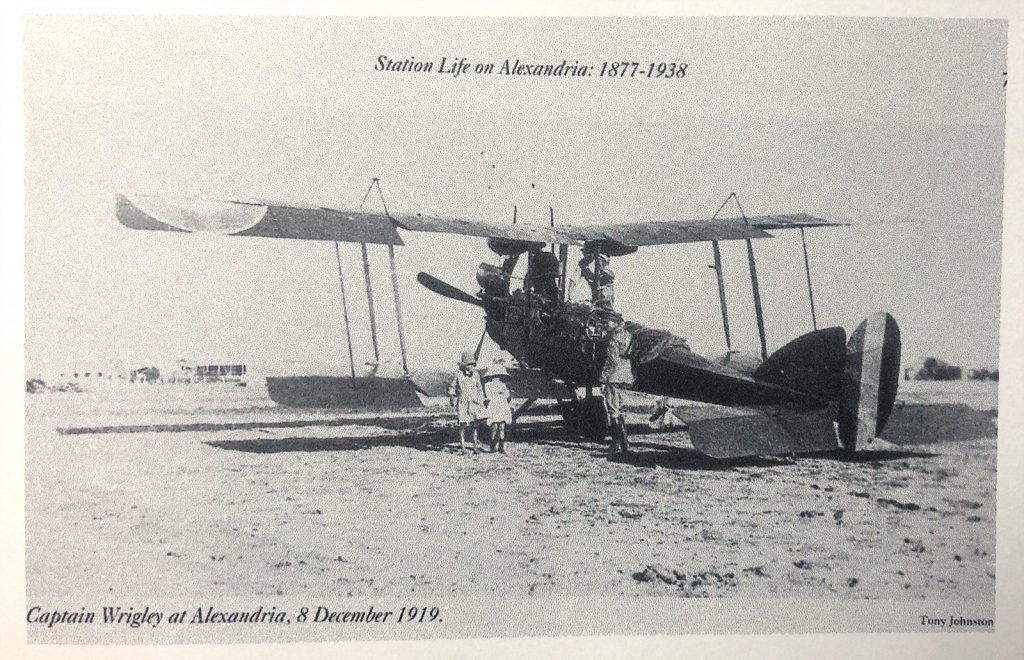100 years ago, in 1919, Australian Prime Minister William Alexander Watt announced the Commonwealth Government would offer a prize of £10,000 for the first successful flight to Australia from Great Britain in under 30 days. This started the “Great Air Race” which would eventually be won by two brothers Ross and Keith Smith in their Vickers Vimy G-EAOU aircraft.
My friend and Earth-rounder Michael Smith recreated that flight in his Sea Bear Amphibious aircraft and arrived in Darwin on December 10th 2019.
It’s a little known fact however that at the same time as the Smith Brothers were working their way to Australia, Henry Wrigley and Arthur William Murphy flew the first ever trans-Australia flight from Melbourne’s Point Cook Airport to Darwin. I was asked to retrace their steps across Australia in my aircraft to rendezvous with Michael in Darwin in early December.

I spent 5 days working my way up from Point Cook, through New South Wales, into Queensland, via Longreach (the home of Qantas), then up into the Northern Territory before reaching Darwin in December to witness Michael arriving. The flying was as close as possible to the original flight path that Wrigley & Murphy took, meeting aviation enthusiasts along the way and trying to keep things “low and slow” like they would have done in 1919.

Ultimately I ended up flying Point Cook – Cootamundra – Forbes – Narromine – Bourke – Belalie Pastoral Station – Cunnamulla – Charleville – Longreach – Cloncurry – Avon Downs – Tennant Creek – Daly Waters – Tindal (Katherine) – Darwin to retrace the original route from 100 years ago. The way home was a little simpler, Darwin – Alice Springs – Broken Hill – Moorabbin.
The flights from Point Cook to Darwin and back through the middle of Australia covered a total distance of: 2,207.91 nautical miles (4089km). Total flying time came to exactly 17.0 hours (a lot faster 100 years later of course) with the longest non-stop leg being Longreach to Tenant Creek (635.38nm / 1176km).

I filmed a YouTube series on the adventure which you can watch in the playlist below. It was a real honour to be a part of commemorating what was a very special part of global aviation history.
